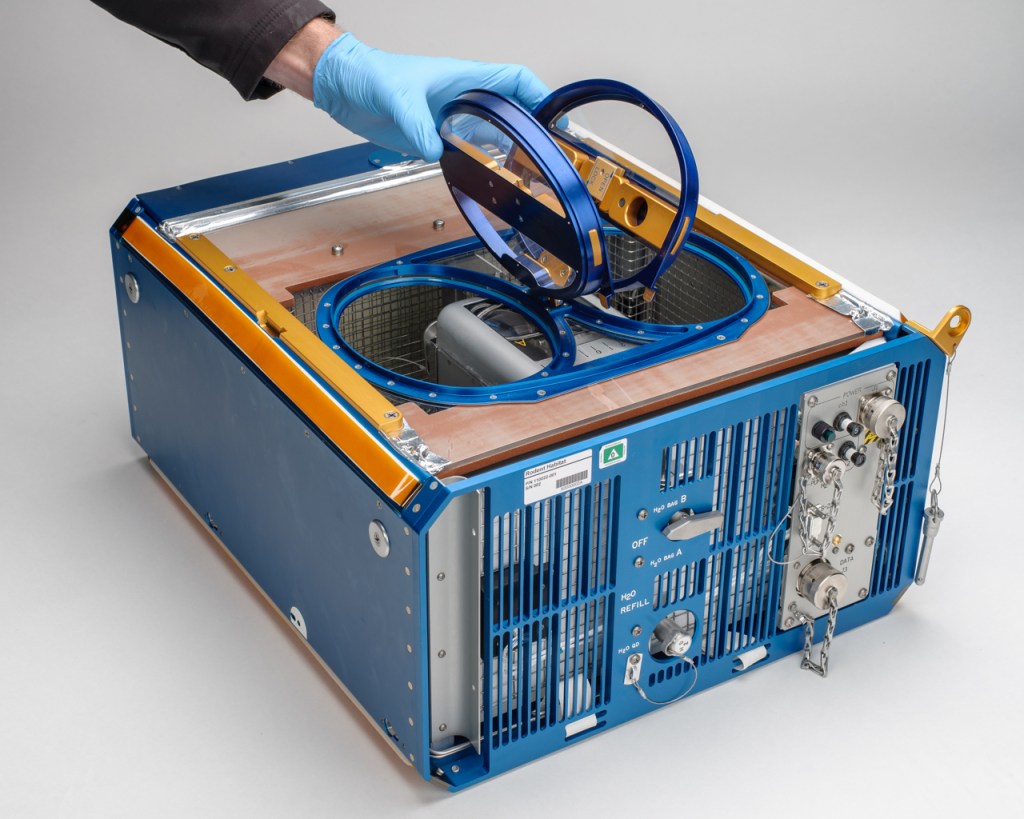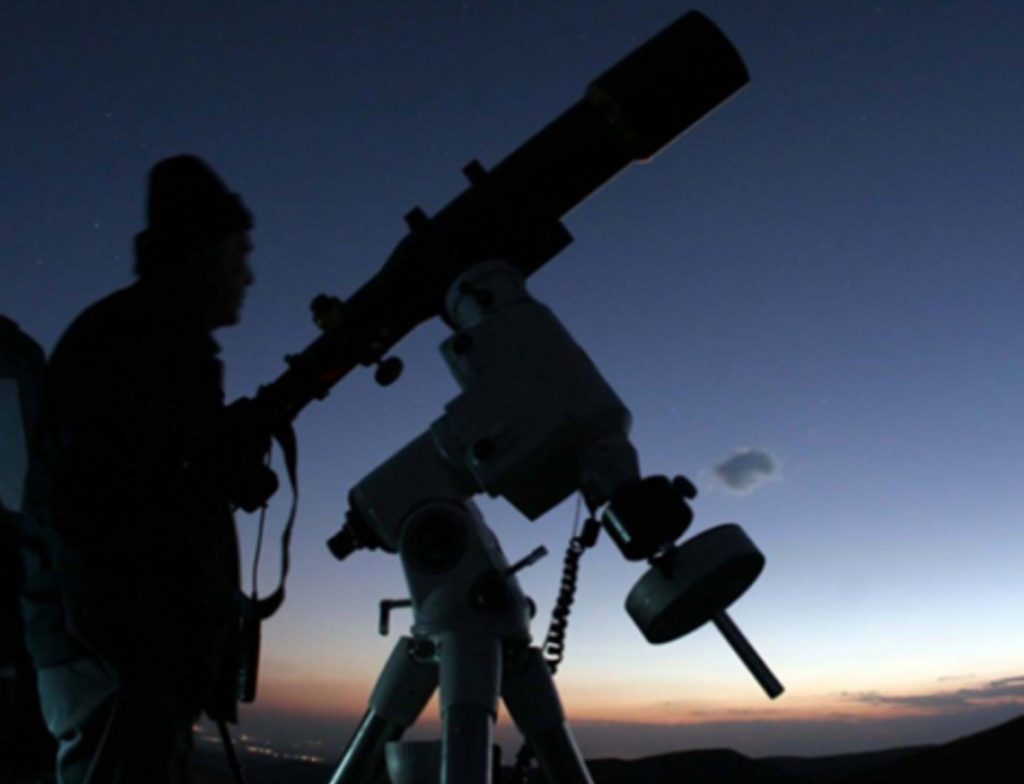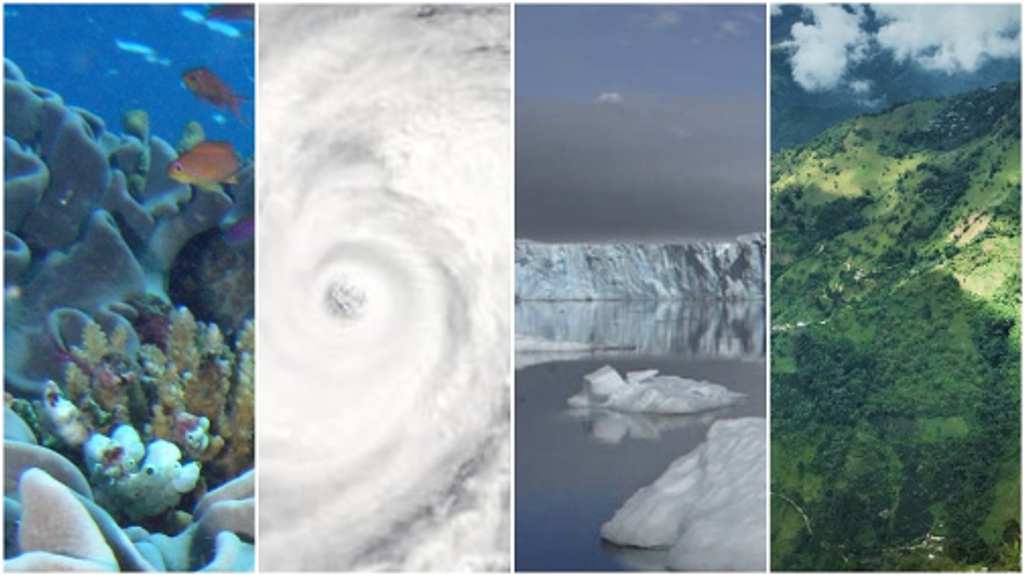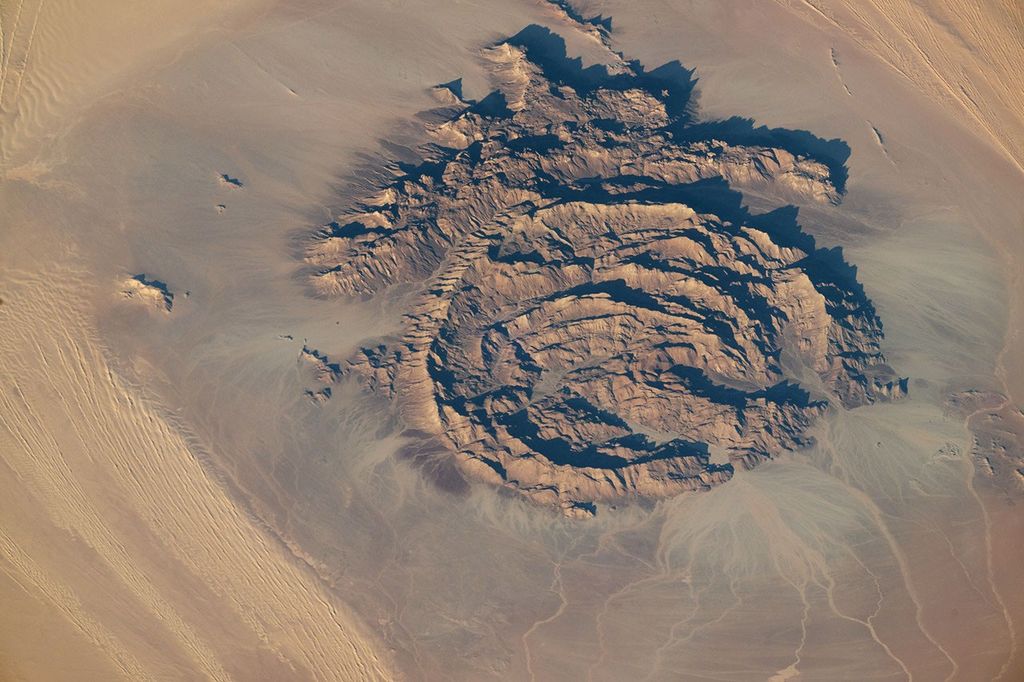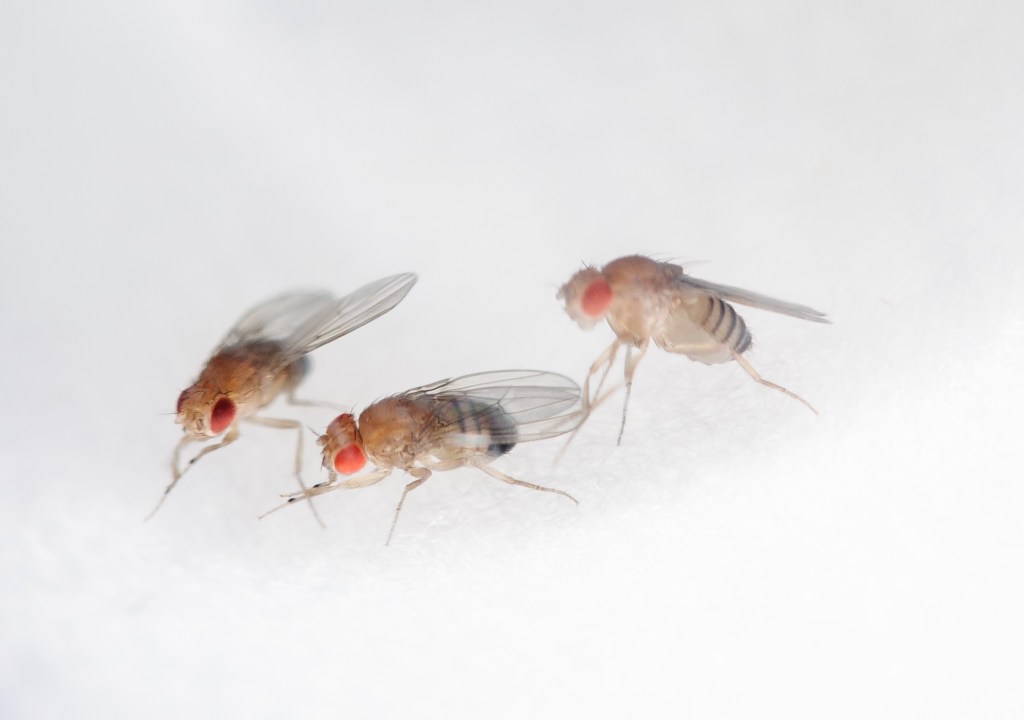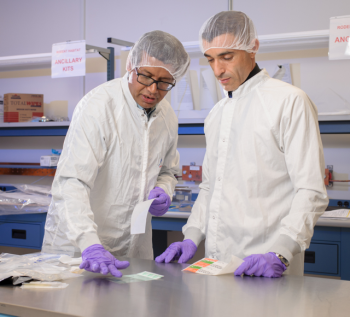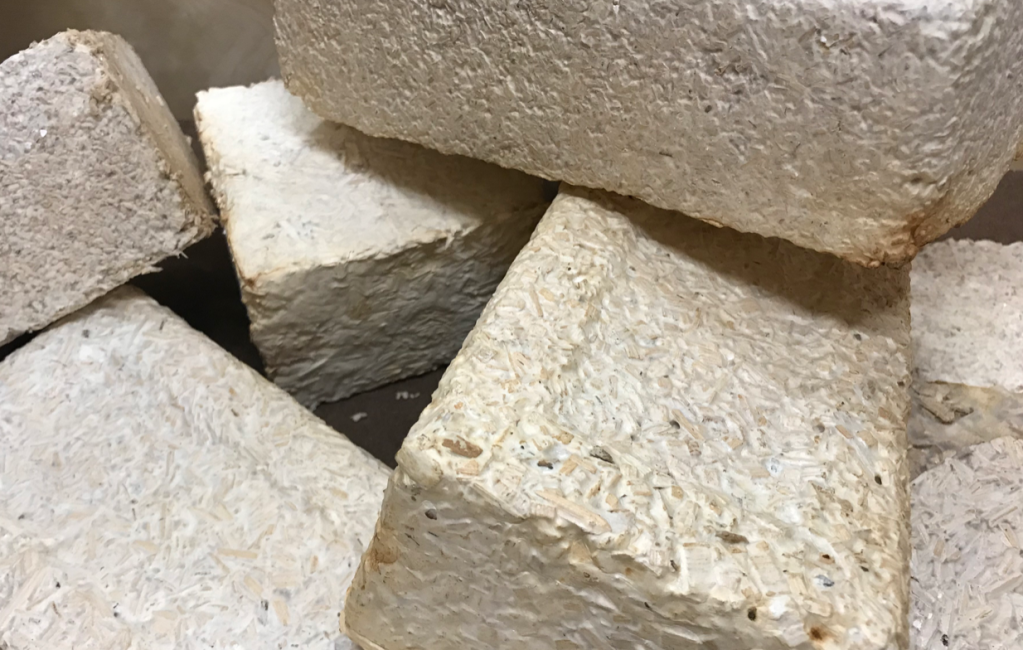Table of Contents
| Advanced Air Mobility/Air Traffic Management → Supporting air transportation of the future through next-generation aircraft and air traffic management systems. | Autonomy and Artificial Intelligence → Leading the way for autonomous vehicles and spacecraft, and advanced use of AI to support future missions and research. | Entry Systems → Pioneering entry system research and technology, including the development and testing of thermal protection systems. |
| Fundamental Space Biology → Understanding the effects of high radiation and low gravity environments on humans in space | Aerosciences → Entry system testing and development, wind tunnel and aerodynamic testing, and complex computational analysis. | Advanced Computing and IT Systems → Home to world-class supercomputing and quantum computing technology for projects across the agency and partners. |
| Biology and Astrobiology → Science and technology are brought together to design and build new biological functions and systems. | Cost-Effective Space Missions → Implementing new space systems in a cost-effective way helps deliver more science results. | Earth and Space Science → Exoplanet characterization, lab astrophysics and astrochemistry, and radiative transfer research. |
Advanced Air Mobility/Air Traffic Management
Ames has been at the forefront of aeronautics research for over eighty years. Today, that work includes transformative initiatives to support air transportation of the future through next-generation aircraft and air traffic management systems.

Advanced Capabilities for Emergency Response Operations (ACERO)

Airspace Technology Demonstration 2 (ATD-2)
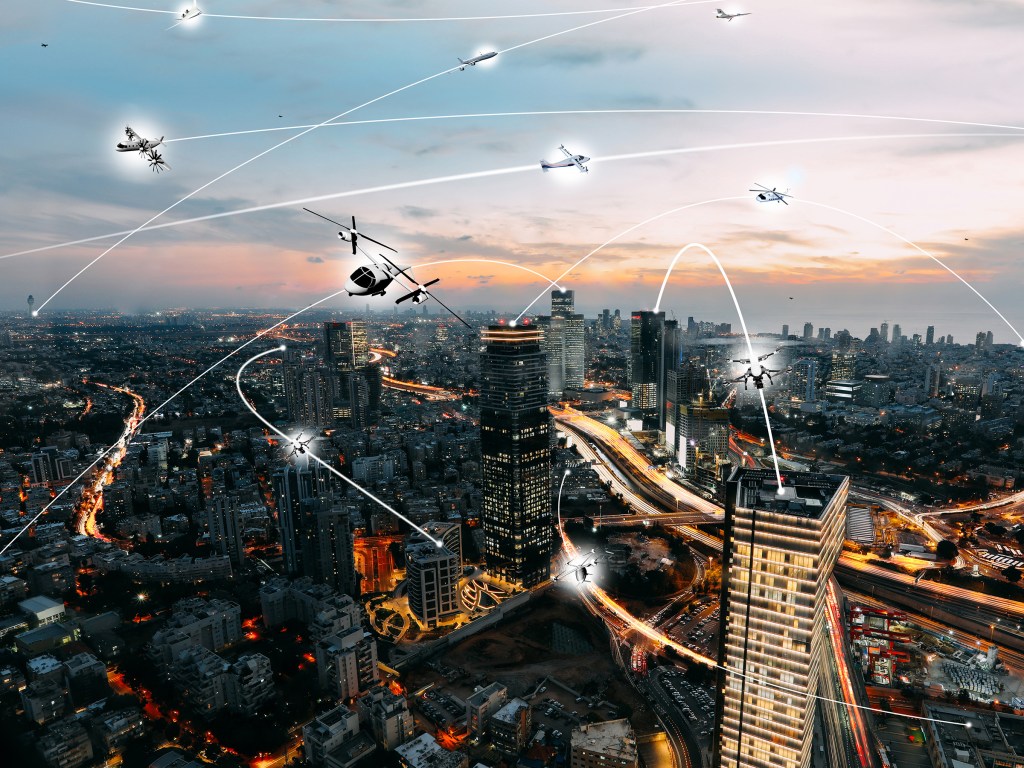
Air Traffic Management-eXploration (ATM-X)

Digital Information Platform (DIP)

Unmanned Aircraft Systems Traffic Management (UTM)
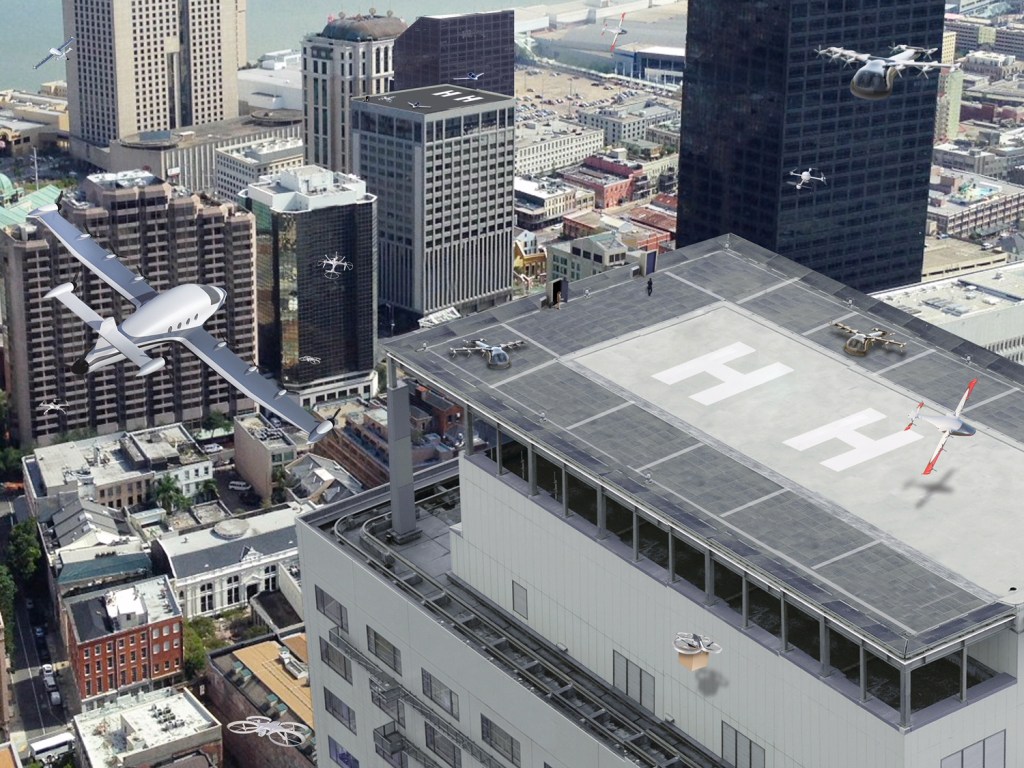
Urban Air Mobility (UAM)
Autonomy and Artificial Intelligence
Research and innovation at Ames is leading the way for autonomous vehicles and spacecraft, and advanced use of artificial intelligence to support future missions and research.
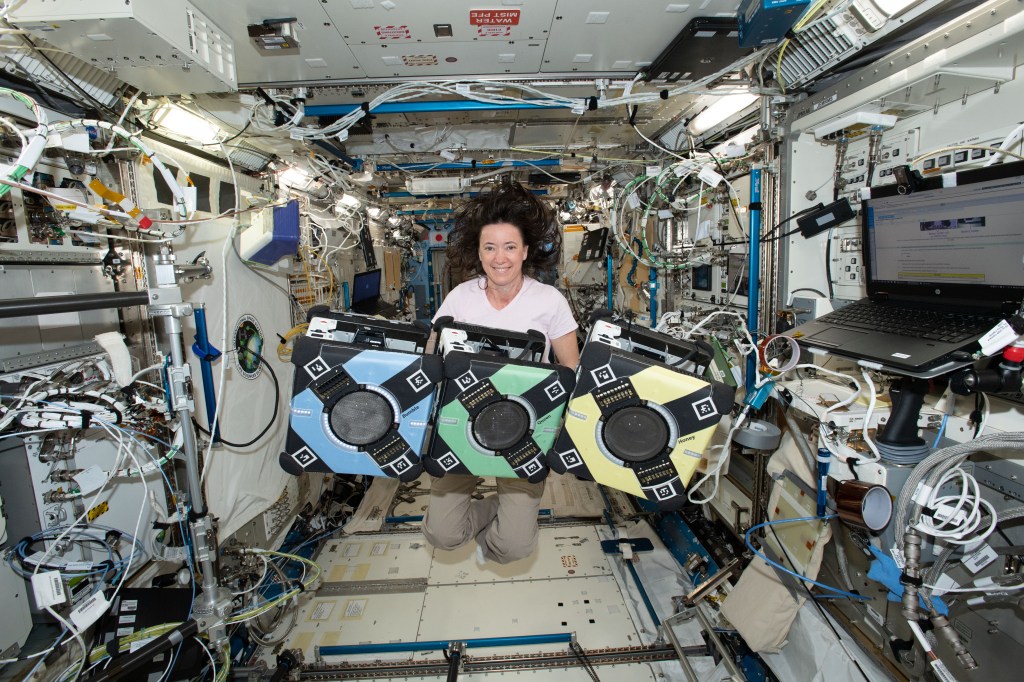
Astrobee
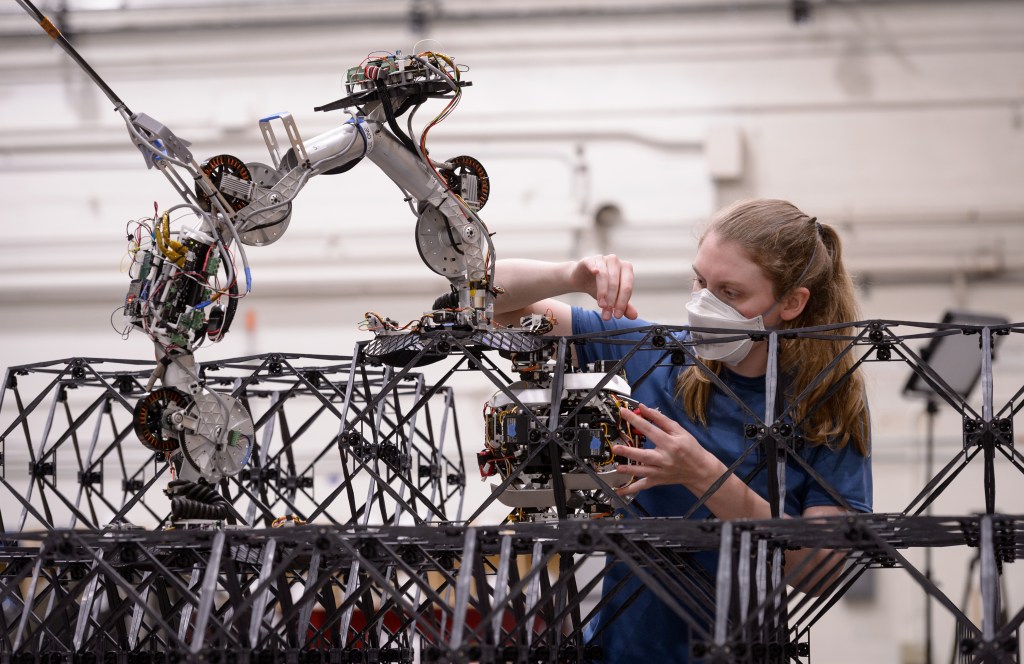
Automated Reconfigurable Mission Adaptive Digital Assembly Systems (ARMADAS)
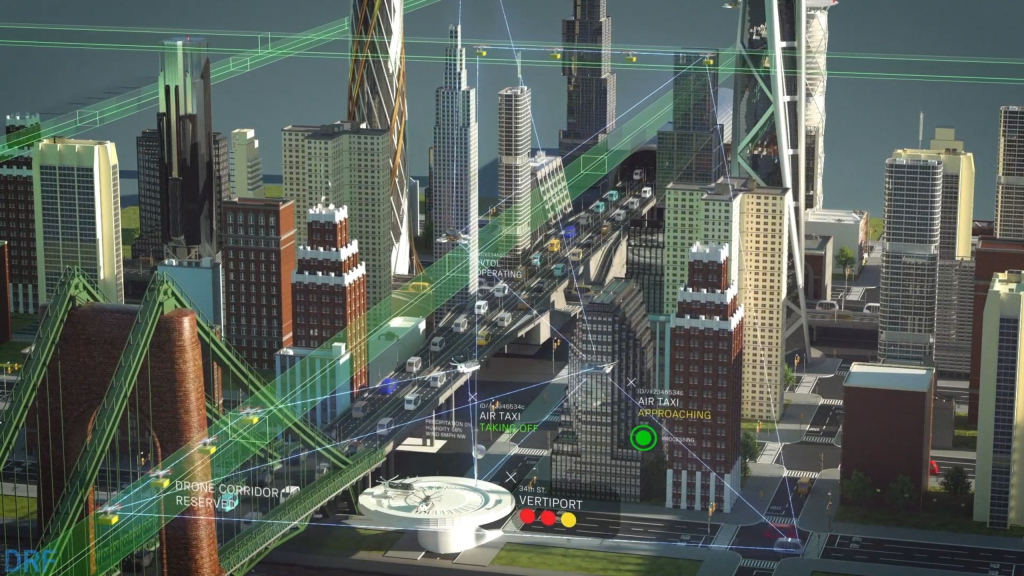
Data & Reasoning Fabric

Digital Information Platform (DIP)

Distributed Spacecraft Autonomy (DSA)
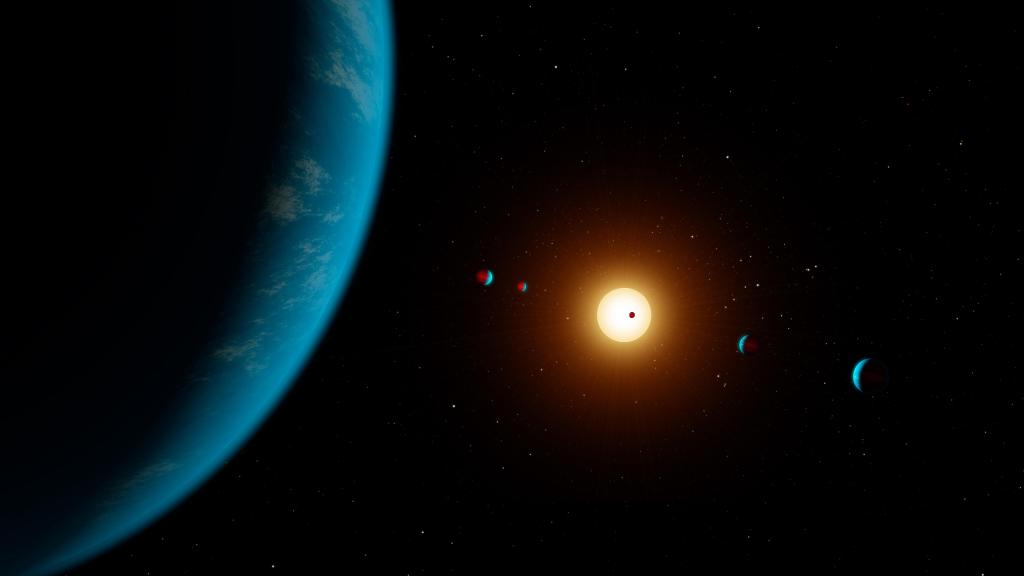
ExoMiner
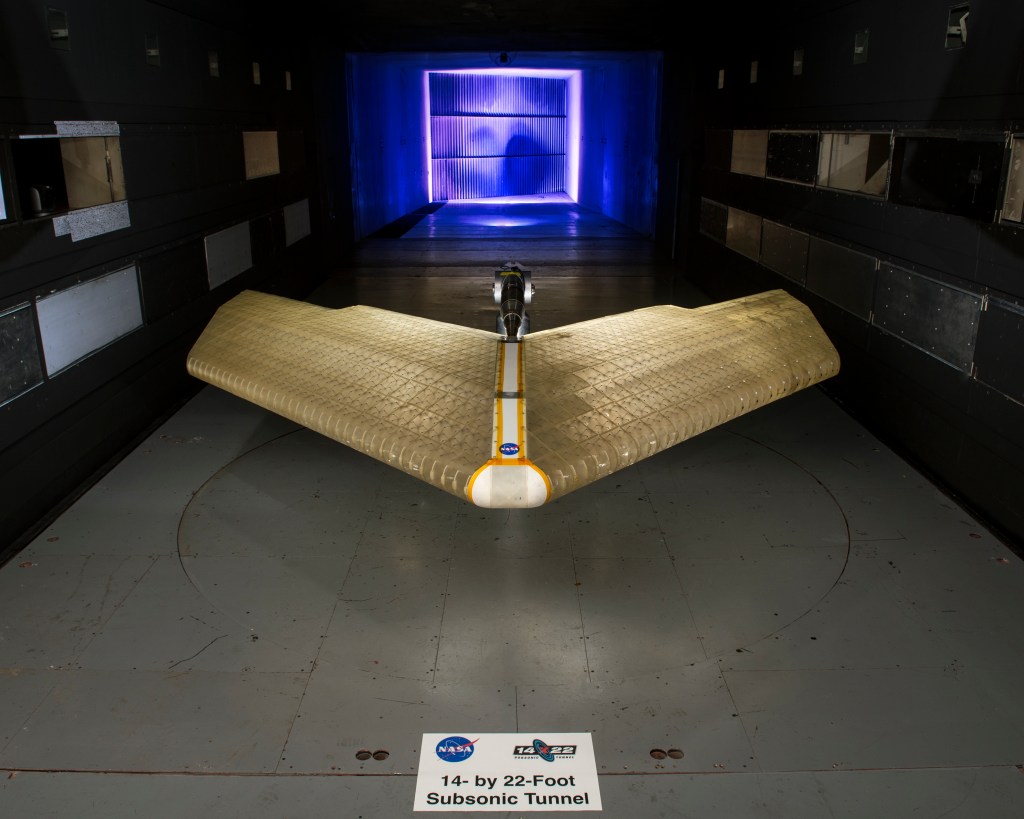
Mission Adaptive Digital Composite Aerostructure Technologies (MADCAT)

OpenET

Urban Air Mobility (UAM)
Entry Systems
Ames is a pioneer in entry system research and technology, including the development and critical testing of thermal protection systems for commercial and NASA capsules.
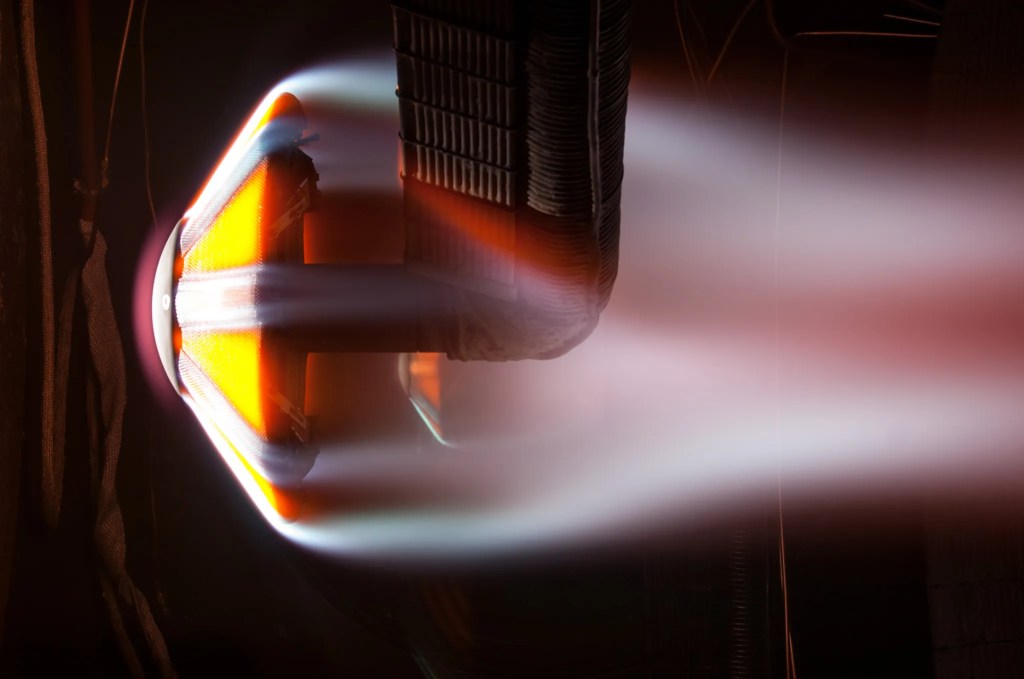
Adaptable Deployable Entry and Placement Technology (ADEPT)

Arc Jet Facility

Artemis I

Entry Systems Modeling

Heat Shield for Extreme Entry Environment Technology (HEEET)
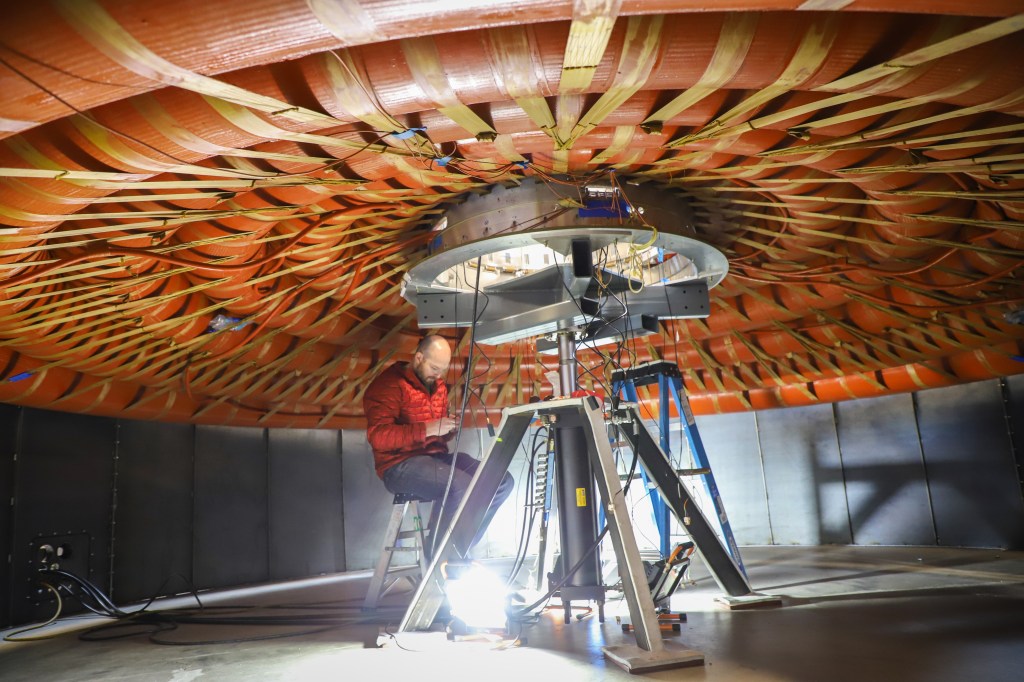
Low-Earth Orbit Flight Test of an Inflatable Decelerator (LOFTID)

Mars 2020 Mission
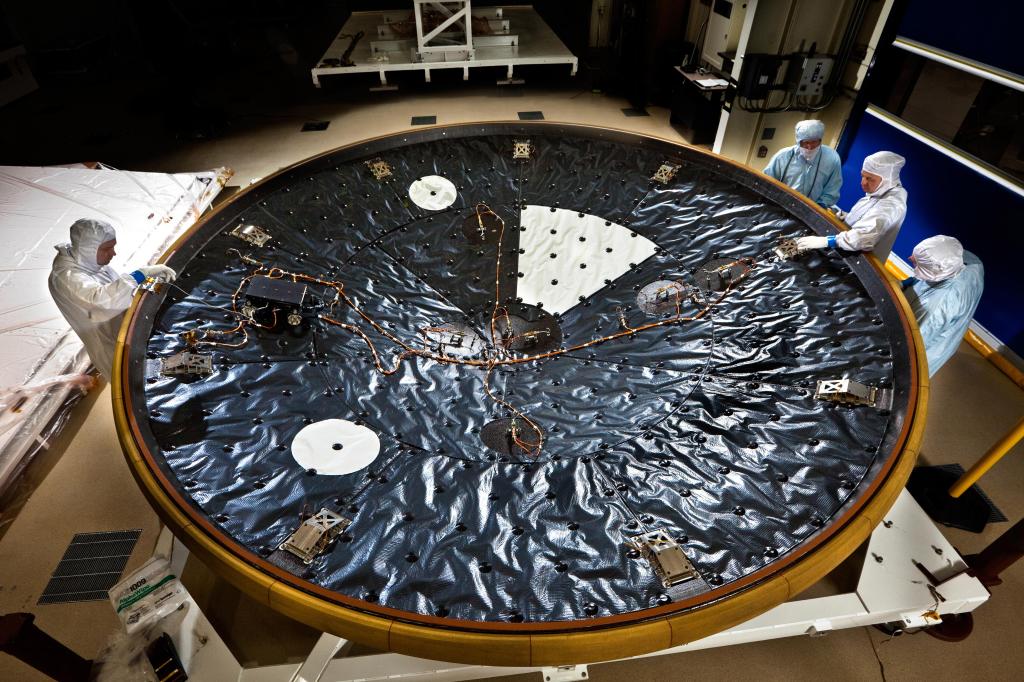
Mars Science Laboratory Entry, Descent & Landing Instrument (MEDLI)

Mars Science Laboratory Entry, Descent & Landing Instrument Suite 2 (MEDLI2)
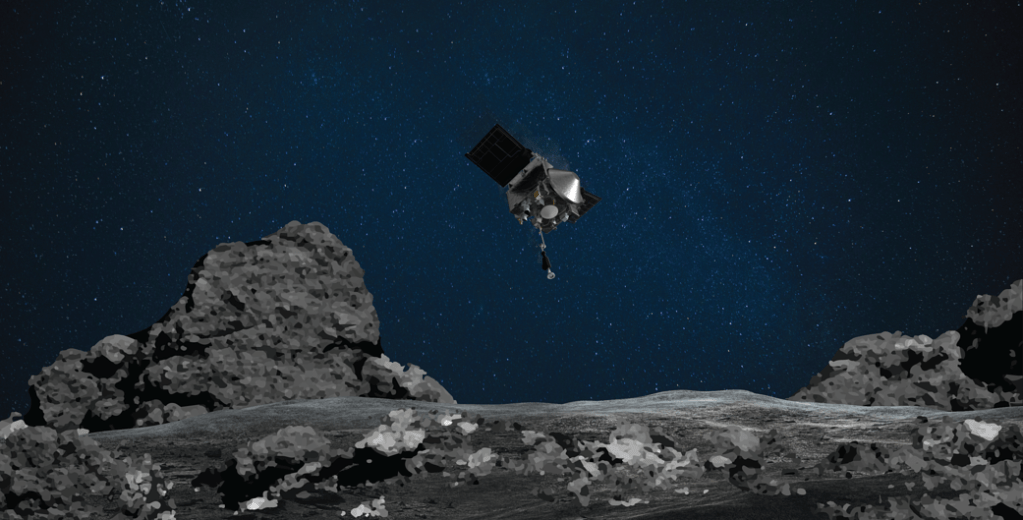
OSIRIS-REx
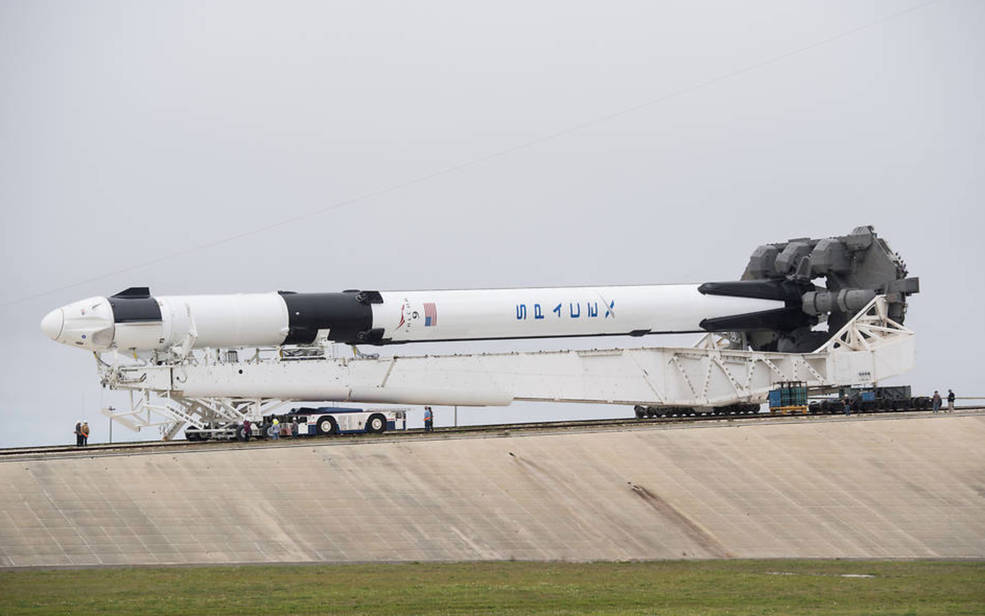
SpaceX Commercial Crew Missions
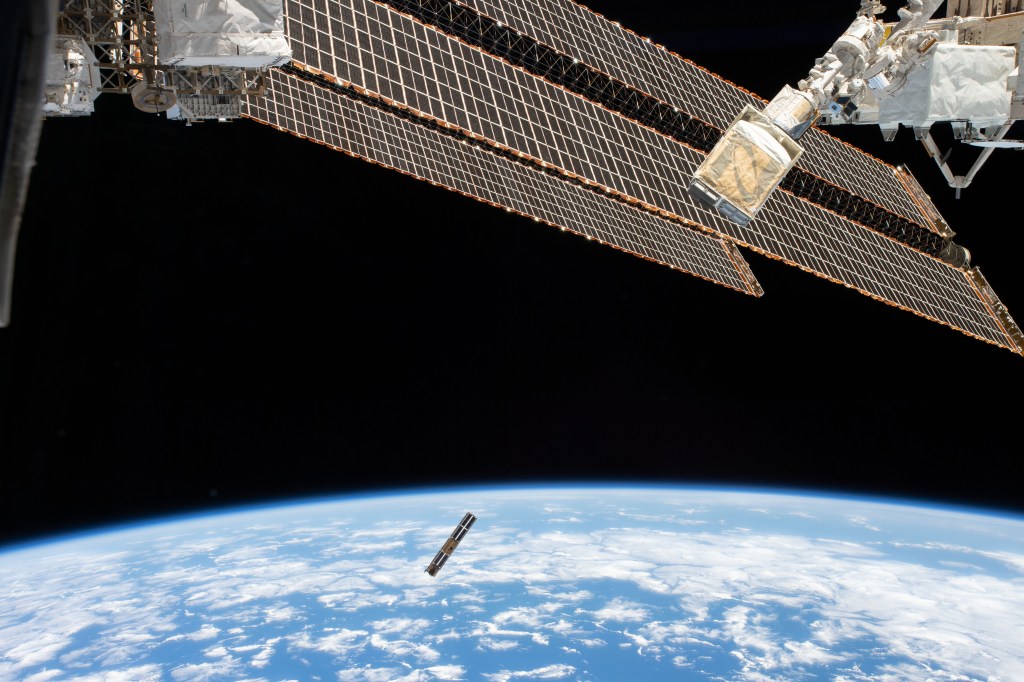
Technology Educational Satellites (TechEdSat)
Fundamental Space Biology
Fundamental space biology has been an active area of research for decades at Ames, helping to understand the effects of high radiation and low gravity environments on humans in space.
Aerosciences
Ames has a legacy of aeroscience research predating NASA, including entry system testing and development, wind tunnel and aerodynamic testing, and complex computational analysis.

Adaptable Deployable Entry and Placement Technology (ADEPT)
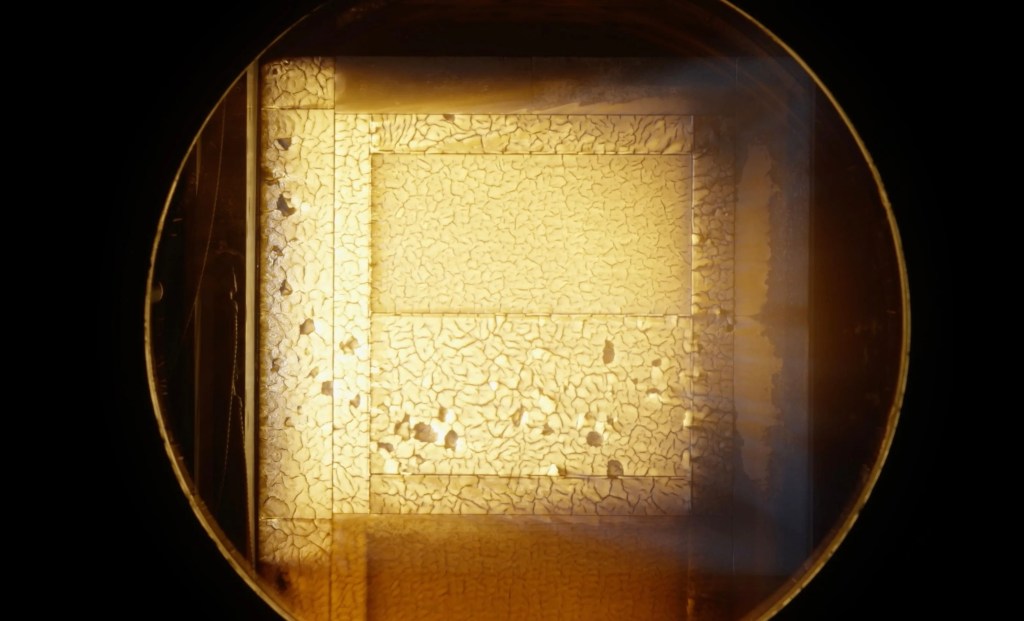
Arc Jet Facility

Artemis I

Entry Systems Modeling

Future Flight Central

Heat Shield for Extreme Entry Environment Technology (HEEET)

Low-Earth Orbit Flight Test of an Inflatable Decelerator (LOFTID)

Mission Adaptive Digital Composite Aerostructure Technologies (MADCAT)
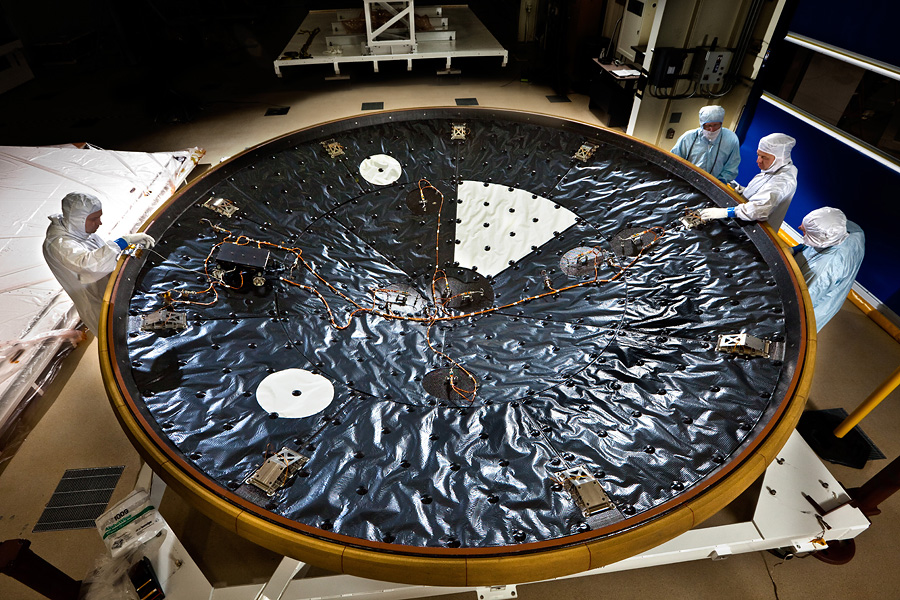
Mars Science Laboratory Entry, Descent & Landing Instrument (MEDLI)

Mars Science Laboratory Entry, Descent & Landing Instrument Suite 2 (MEDLI2)
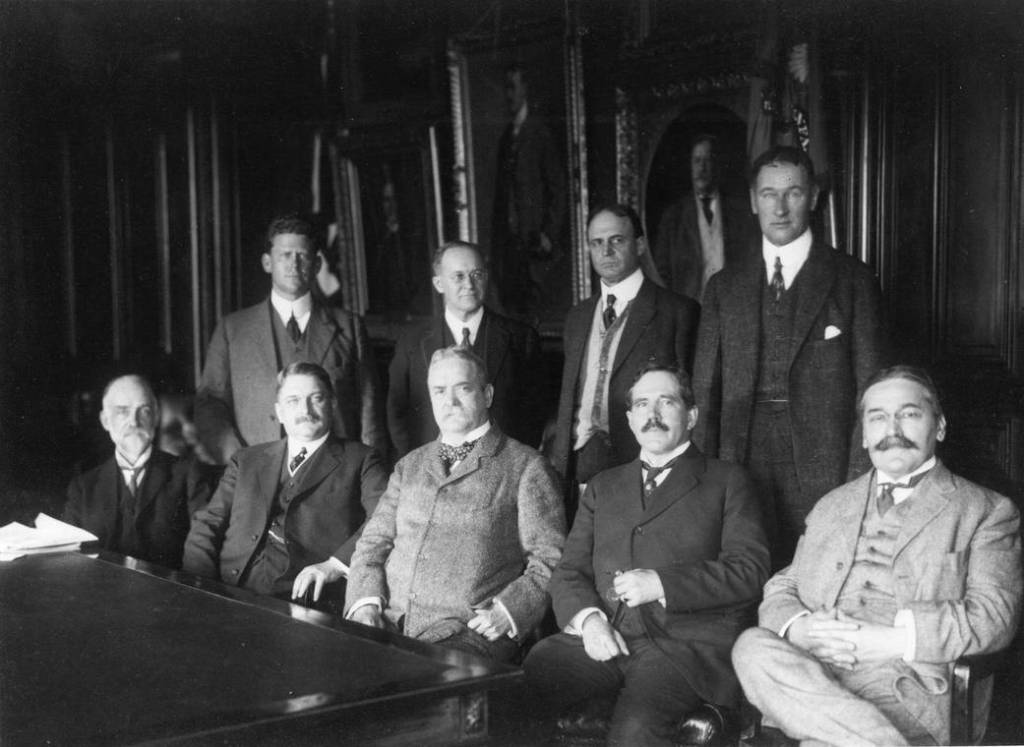
National Advisory Committee for Aeronautics (NACA)

SpaceX Commercial Crew Missions
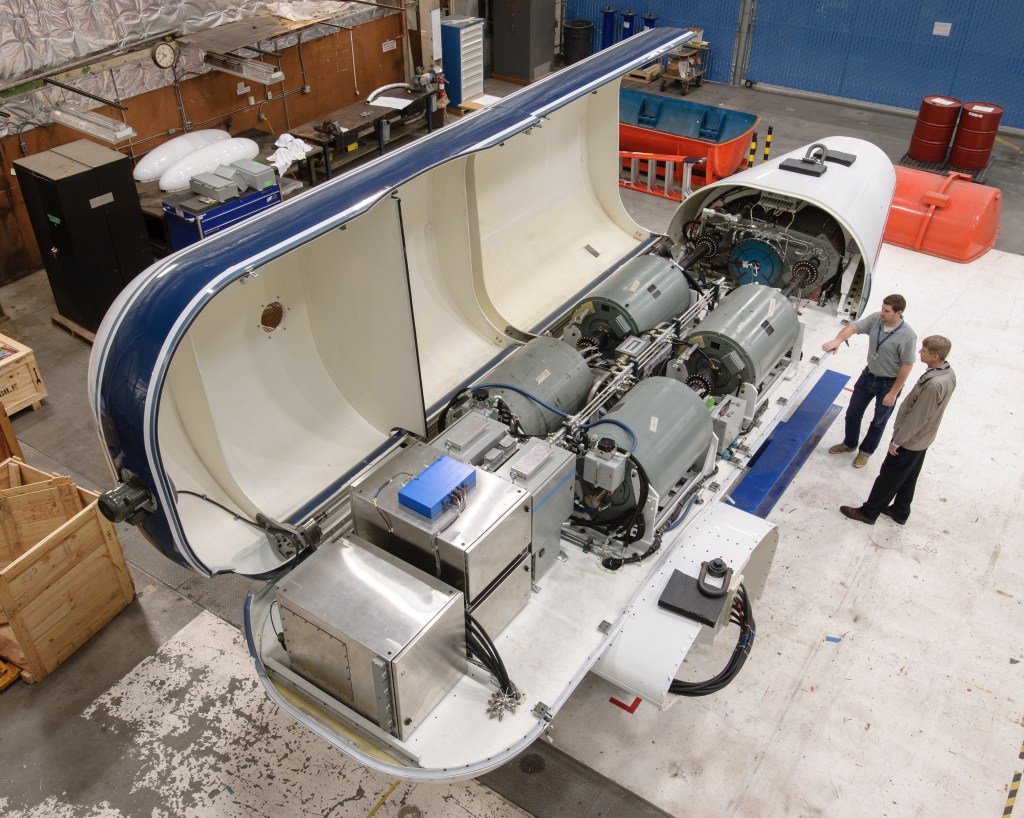
Tiltrotor Test Rig

Vertical Motion Simulator

Wind Tunnels
Advanced Computing and IT Systems
Ames is home to world-class supercomputing and quantum computing technology, making simulations and modeling possible for projects across the agency and partners.
Biology and Astrobiology
Ames is leading the Agency into a fledgling field of research — synthetic biology – where science and technology are brought together to design and build new biological functions and systems.
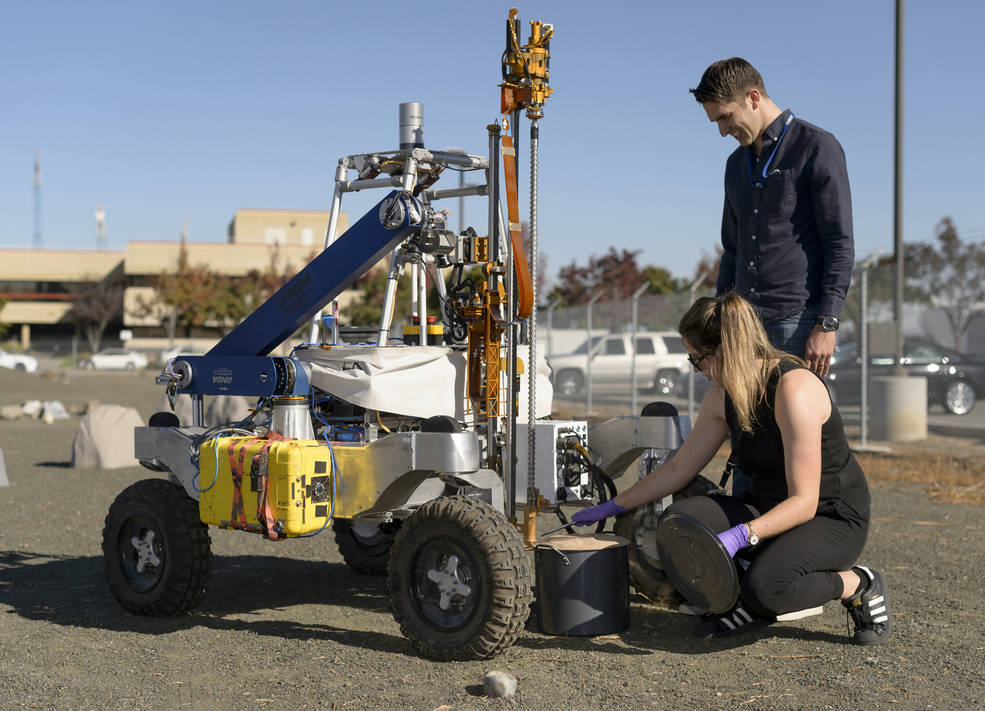
Atacama Rover Astrobiology Drilling Studies (ARADS)
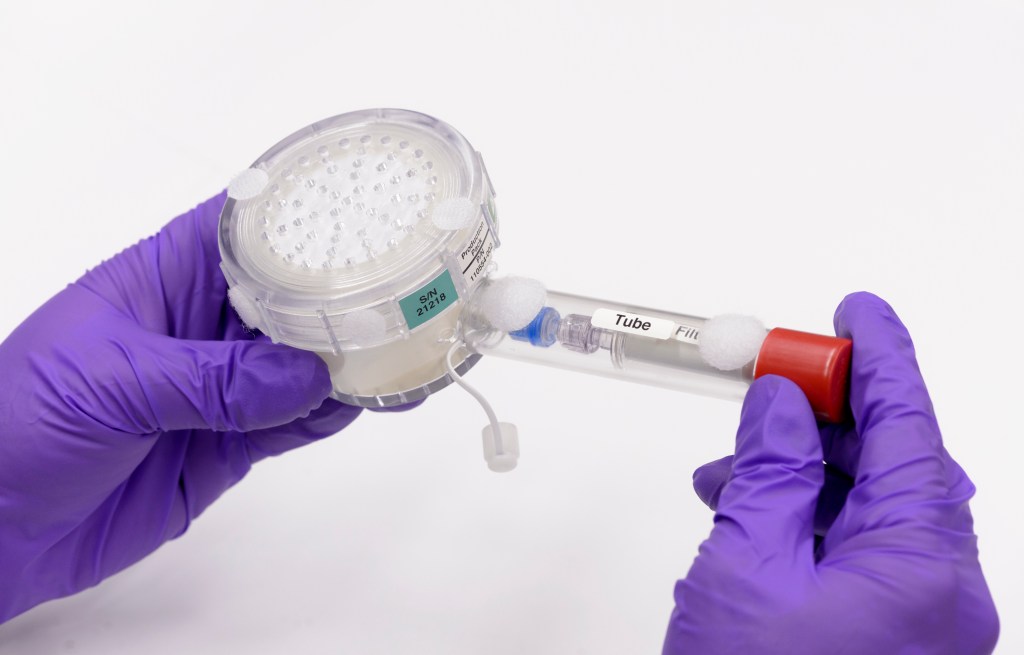
BioNutrients

BioSentinel
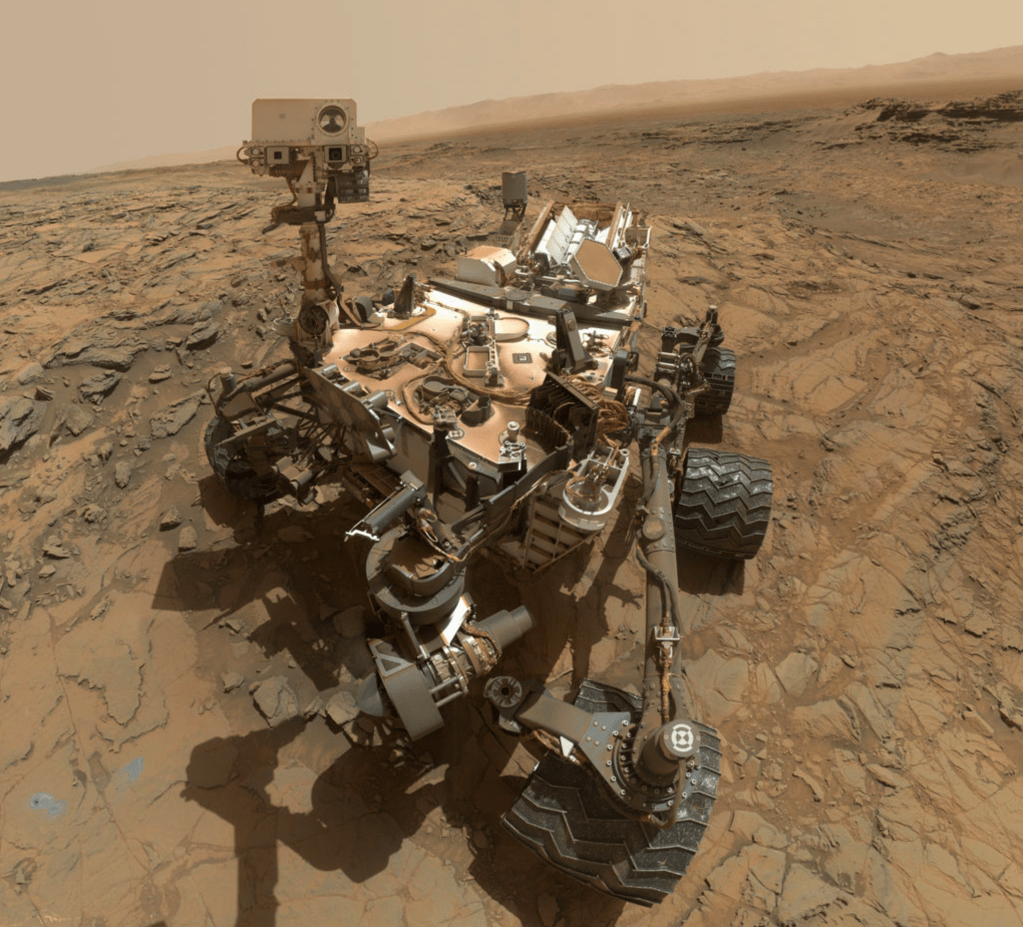
Chemistry and Mineralogy Instrument (CheMin)
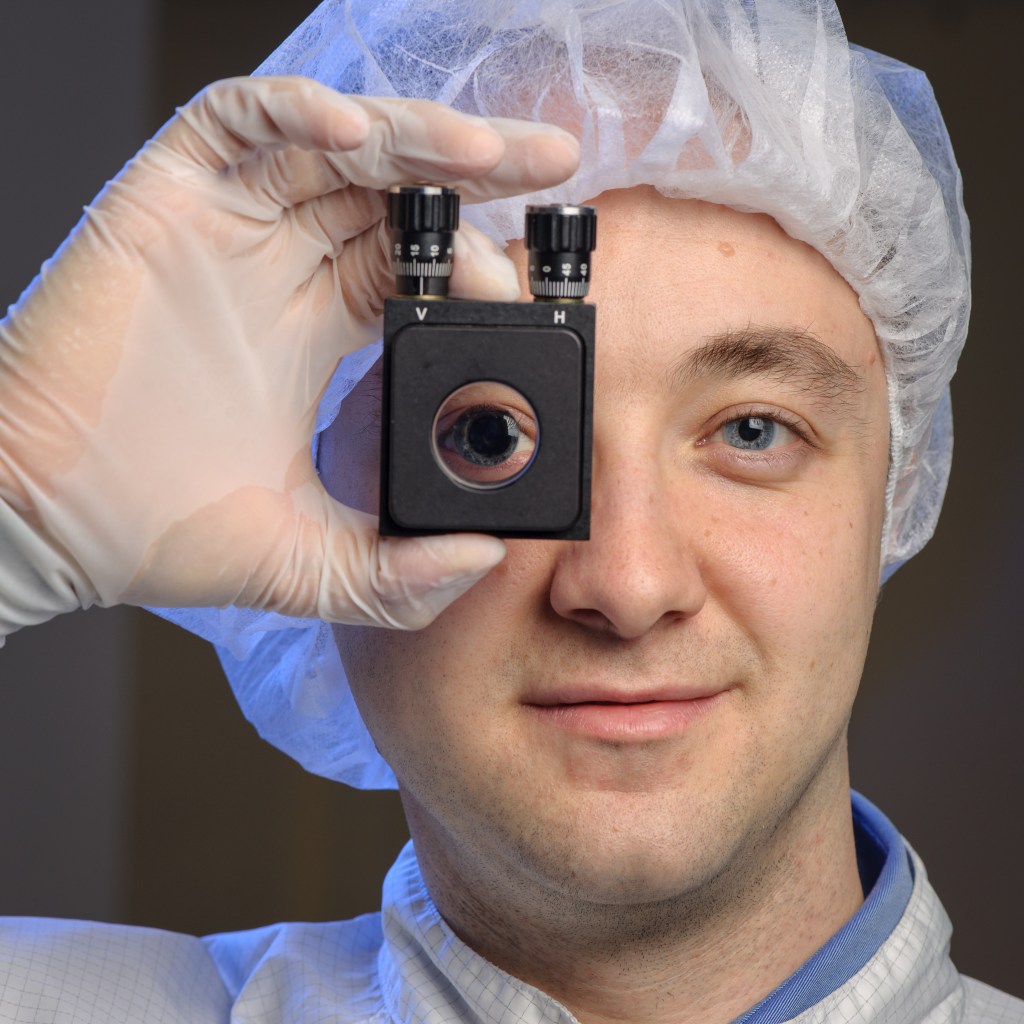
Exoplanet Technologies Lab

GeneLab
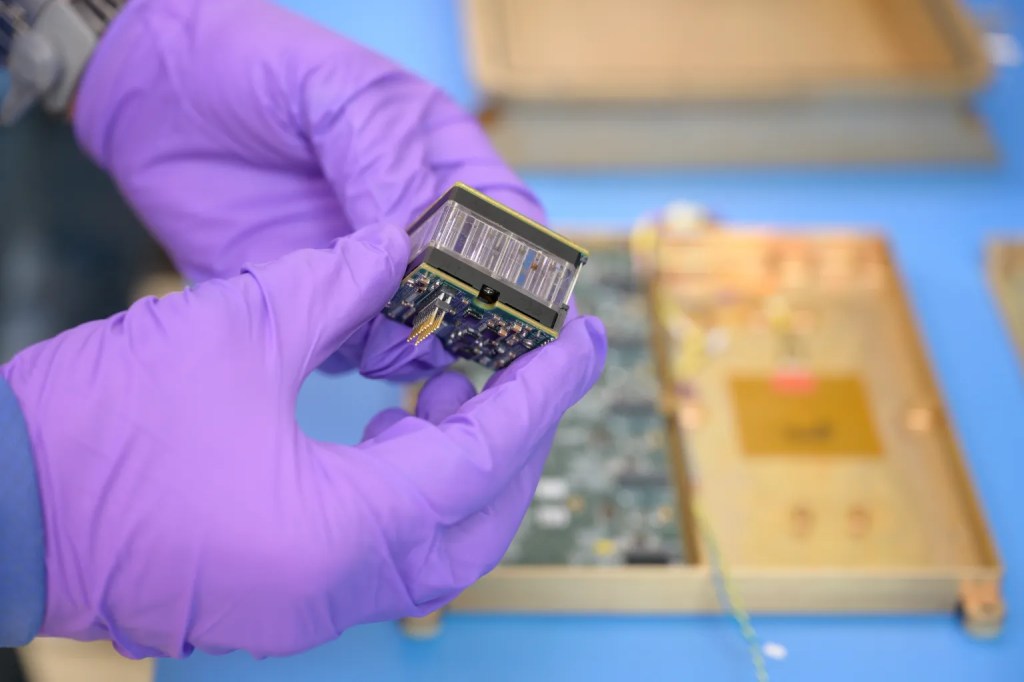
Lunar Explorer Instrument for Space Biology Applications (LEIA)

OSIRIS-REx
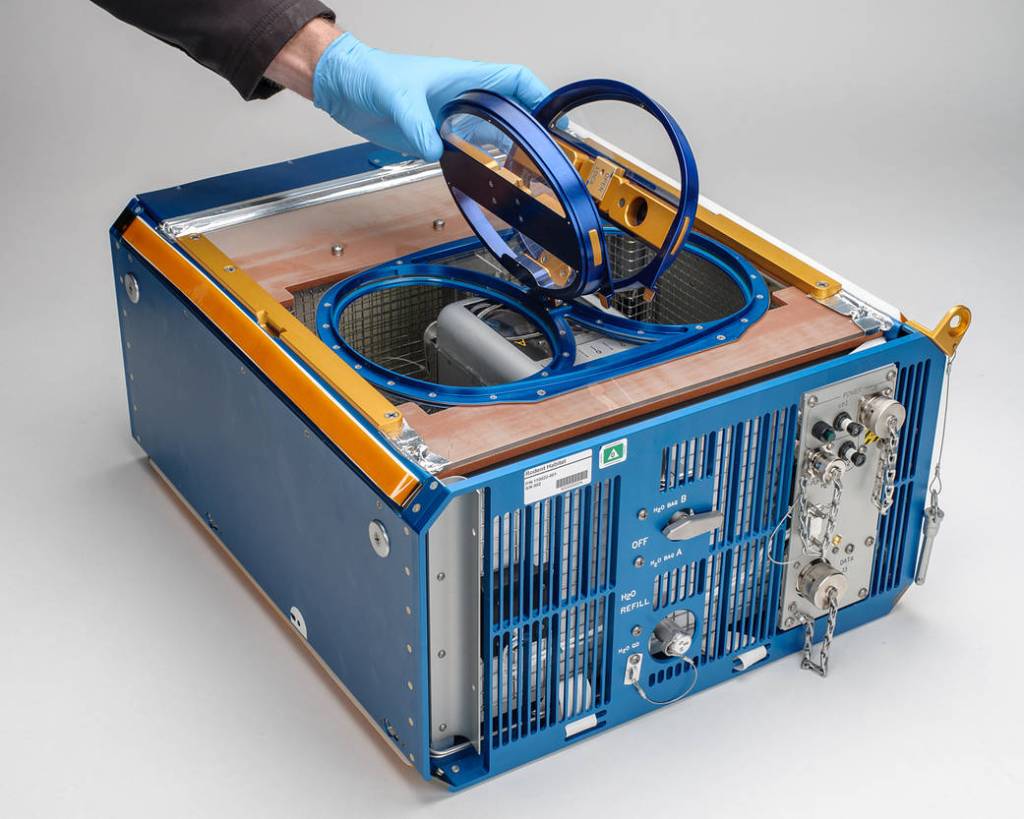
Rodent Research
Cost-Effective Space Missions
Implementing new space systems in a cost-effective way helps deliver more science results. Ames provides leadership in cost-effective spaceflight missions for NASA.
Earth and Space Science
Ames assists in the agency’s astrophysics efforts in the areas of exoplanet characterization, lab astrophysics and astrochemistry, and radiative transfer research, among others.

Atacama Rover Astrobiology Drilling Studies (ARADS)
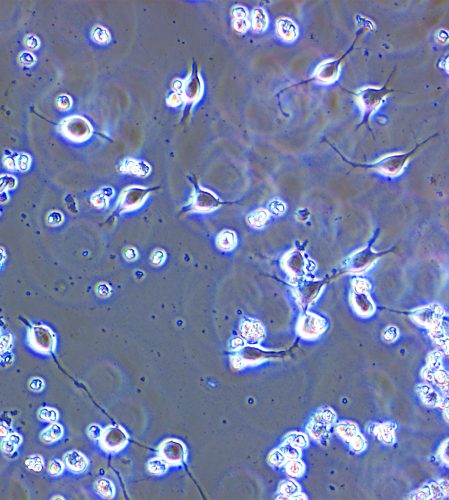
Cell Science

Chemistry and Mineralogy Instrument (CheMin)

Exoplanet Technologies Lab

Fire Science
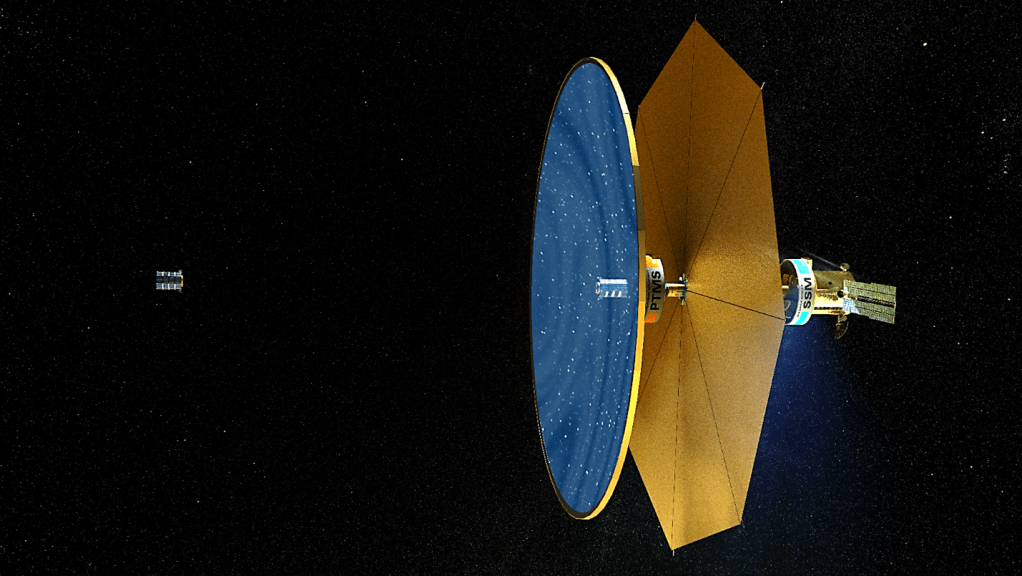
Fluidic Telescope (FLUTE)
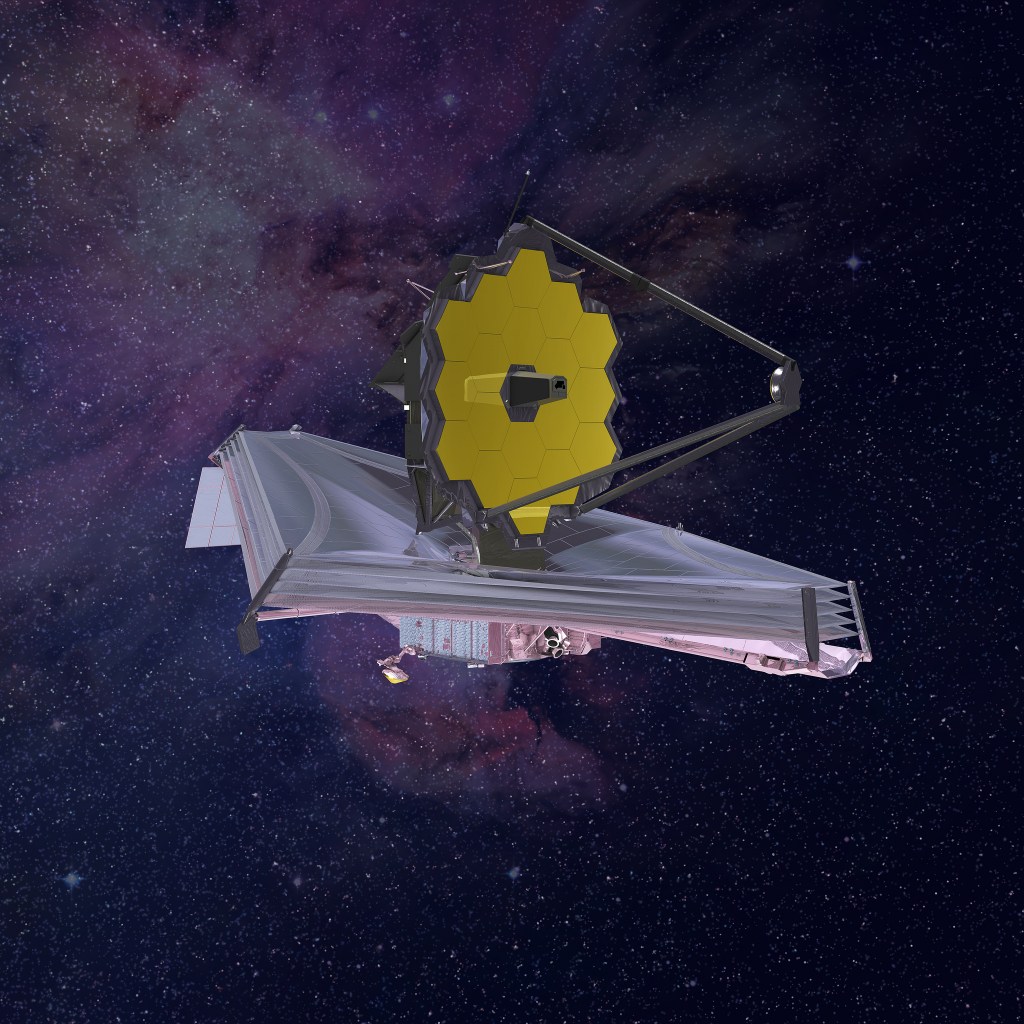
James Webb Space Telescope
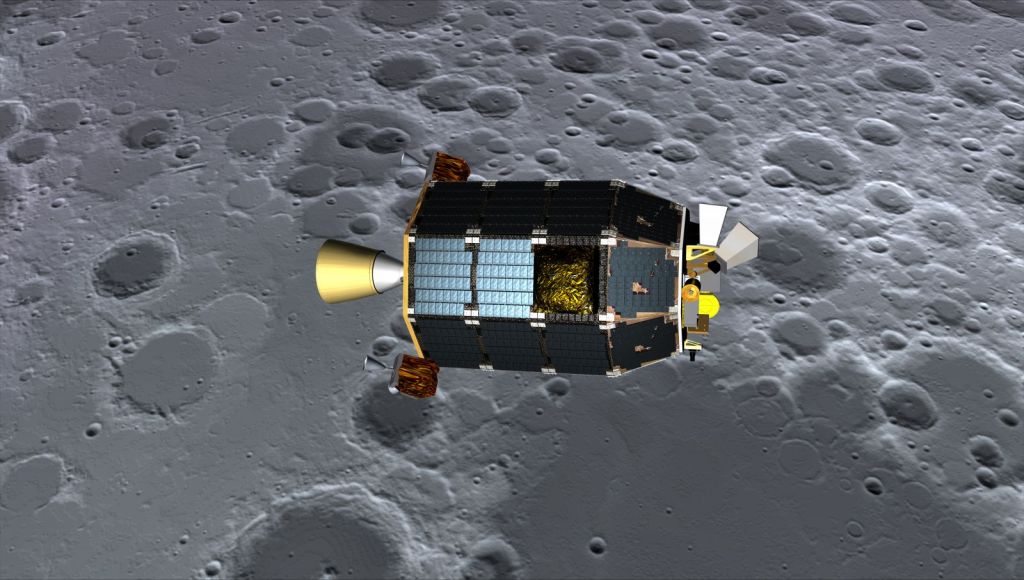
Lunar Atmosphere and Dust Environment Explorer (LADEE)
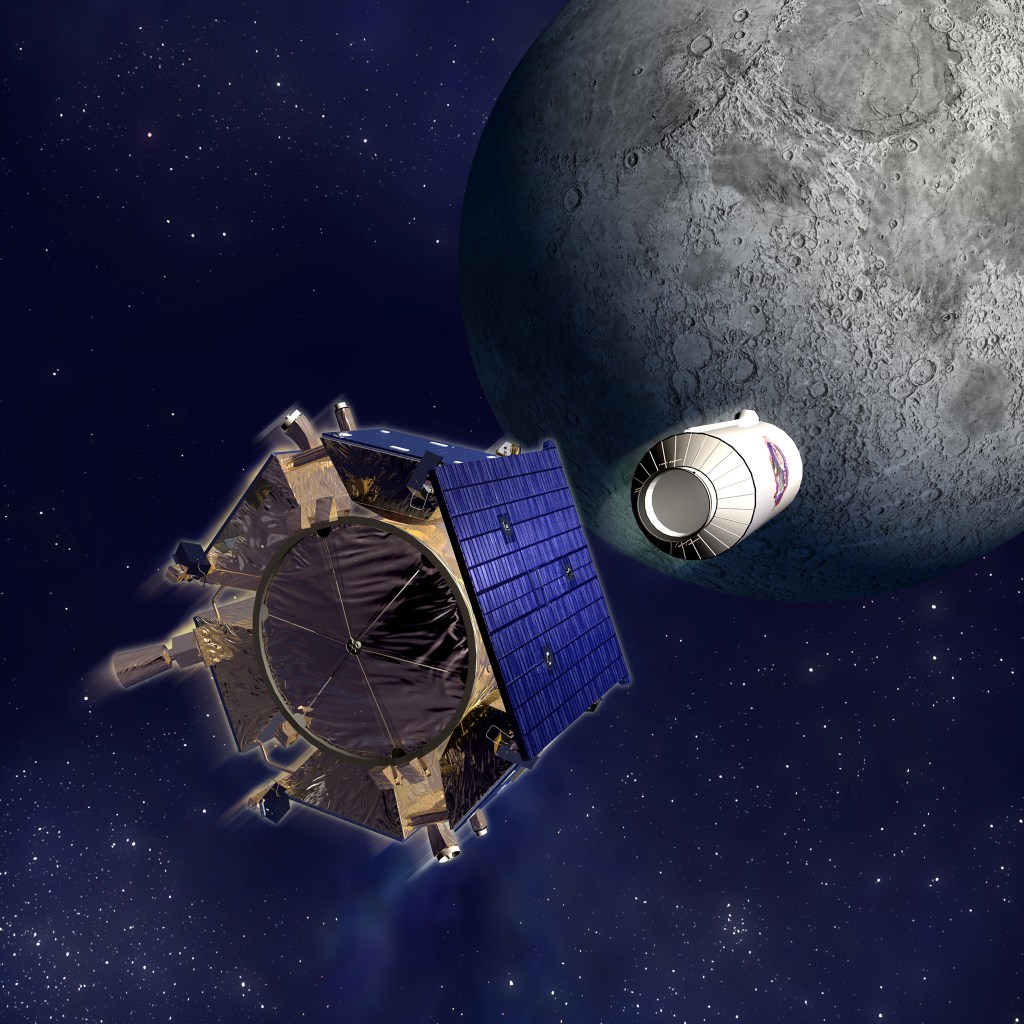
Lunar Crater Observation and Sensing Satellite (LCROSS)
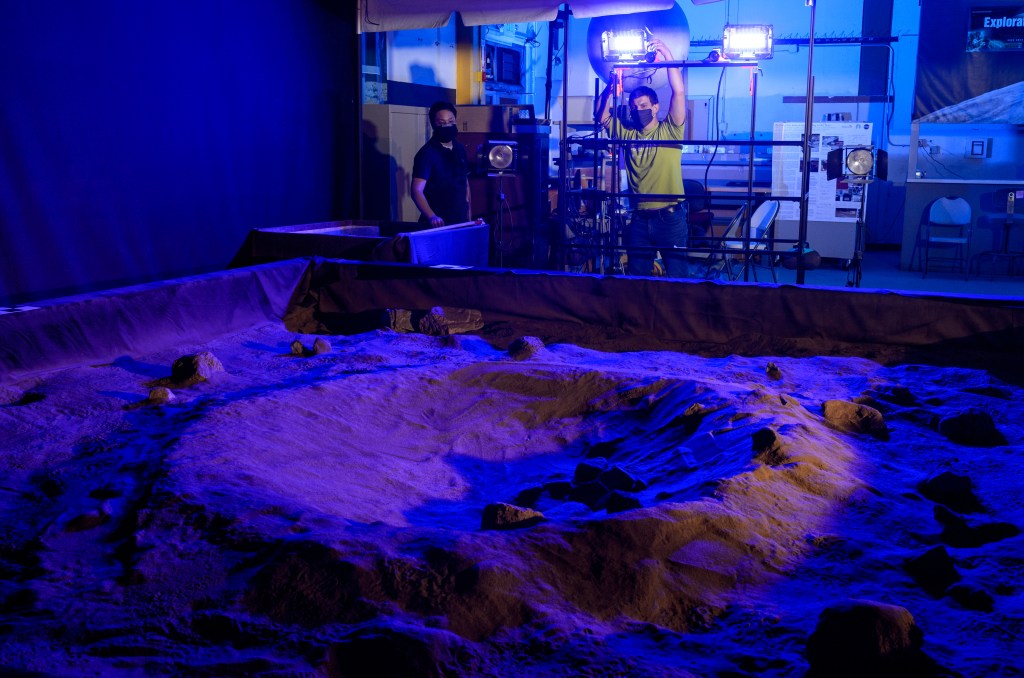
Lunar Lab and Regolith Testbed

OpenET

OSIRIS-REx

Mycotecture
